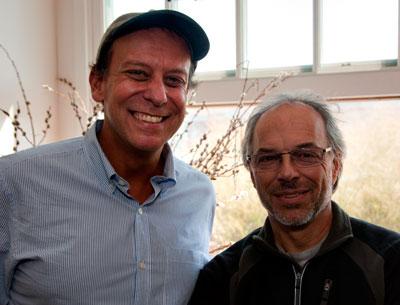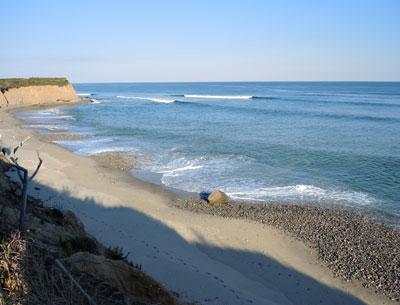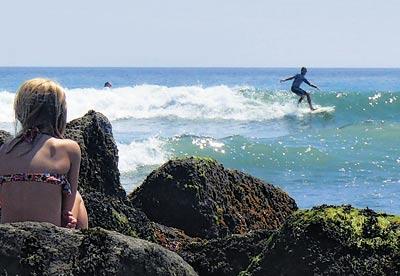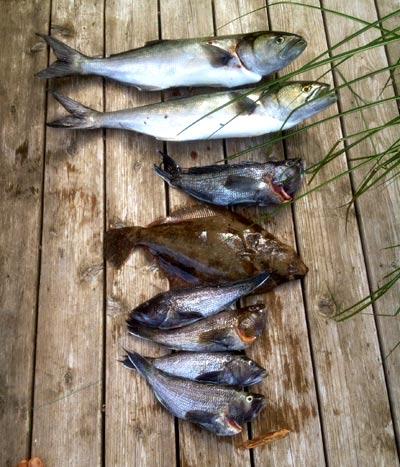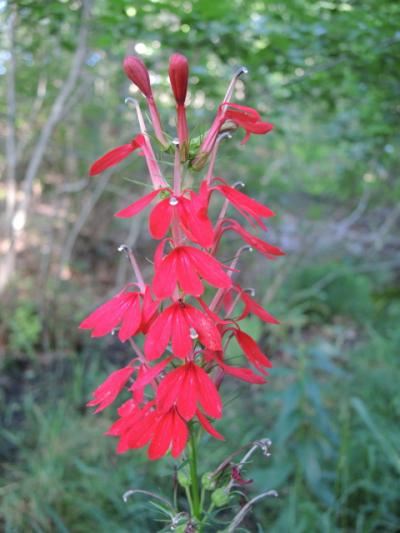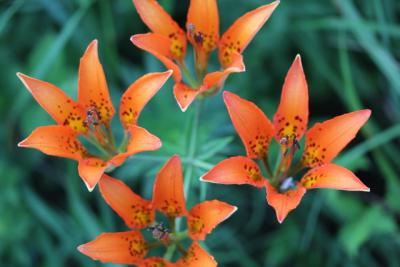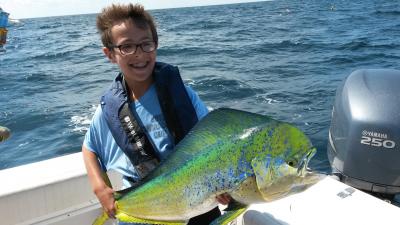We’re the Wild Things
We’re the Wild Things
Have we escaped a superstorm? In 2011 we had Irene at the end of August, in 2012, it was Sandy at the end of October. We missed the bullet last year, but the tropical storm season is not over, and when it is, the northeaster season will be right at its heals.
The glaciers are melting, the seas are rising, the globe is warming. Yet, the Farmers Almanac, which is right most of the time, says we are going to have a hard winter. I have yet to see a wooly bear to measure the brown against the black, and have no idea what the winter will be like.
One thing is certain, however. More and more southern birds are extending their ranges northward and more and more southern plants are found on Long Island as the millennium progresses. It may come to pass by 2050 that snowbirds will be flying the other way come November. Who wants to spend winter in the tropics?
Why the cold snaps when the world is warming? Think about it. Water exists in three forms: solid ice, liquid, and gas, or vapor. Same H20 molecules, but in different forms.
Ice needs heat to turn to water, but when the glaciers melt, the air surrounding them is cooled. That cold air hovers close to the earth’s surface prior to its displacement by air currents, because cold air is denser than warm air. The denser the matter the more it is affected by gravity. That cold air slips down from the Arctic regions like cold air descending down the face of a mountain into a valley after a very cold night above.
Oddly this happens on a much smaller scale right here in Noyac, where my house is situated north of the moraine, north of the highest point on the South Fork, some 280-plus feet above sea level. I’m at the bottom of the mountain. Every evening after a warm fall day, the top of the moraine cools off first, the cooler air, because it is heavier than warm air, begins to slip down those 280-plus feet to meet Noyac Bay at sea level.
Except for feeling dryness or humidity, warm and cold, rain or sunshine rays, we go about our day without really appreciating its coming and going. Most of us are diurnal beasts; we are active in daylight, sleep all night. But what of those that are crepuscular, most active at dusk and dawn, or those, like flying squirrels, bats, and owls, which are nocturnal? They doze during the day, are active feeding and so on at night. They must view the world in an entirely different context.
Because we are human we have an anthropomorphic view of the rest of the world and all its creatures. While making war, yes, we do stop to thinkof the toll in lives, but almost always do so in terms of other humans. Yet every bomb that drops, every land mine that explodes, every blast of napalm or poison gas, takes a much greater toll on the infrahumans, most of which go unaccounted for. Body counts are dedicated to human bodies.
We may develop a worldview, a so-called “gestalt,” but that view is invariably painted in human terms. Take for instance the method of reducing populations of problematic wild animals such as deer. Many of us are appalled at the thought of bringing them down with an arrow or two, but what about catching them, tranquilizing them, and removing their ovaries? Or why not neuter all the males in similar fashion? Most of us think in terms of dollars and cents. Yes, we can imagine the pain of losing our fertility, but how can it be done the most economically?
Because we don’t know how to converse with other animals, we are unable to measure their suffering compared to our own. Pain is a universal symptom of suffering. Torture is the application of painful procedures to inflict punishment or get information and confessions. Humans may be the most humane of all of the two to three million animal species in the world, but we are also the best at inflicting punishment and torture, which we have applied and perfected over thousands of years. When we run out of humans to agonize, we take it out on pets, especially our dogs. Neglect is just another type of torture.
The theory behind the Olympics and other competitions is that game playing is a humane substitute for the killing and maiming that is war. We often apply the word “games” to war, as in “war games,” mock wars where no one gets hurt. Friendly competition is often not so friendly in the final analysis. We become part of the 1 percent, muddle through, or completely drop out. Coming in second may earn a dollar or two at the track but it can be as painful as losing.
Now we are applying the rules of gaming to women as much as to men. Will women become more like men as a result? Of course women have a long way to go in this regard. Just look at the sports pages in the back of the Daily News or Newsday. They appear more and more in each new issue. Take away the sports, celebrity stuff, and advertisements and you have a very thin newspaper. Look closely at the sports section and you will see that 90 percent of the sports news is about men’s sports, men’s leagues.
The model for such competition as Darwin stated so succinctly is the wild animal species. But when you actually study wild animals in situ, you find that their competitive ways are extremely mild compared to our own. Yes, they are looking out for themselves, but that is often as far as it goes. An African elephant is killed by a poacher and left to decay. Lions, jackals, hyenas, vultures, secretary birds, and perhaps a crocodile or two discover it and manage to take their share without losing their lives over it. Cooperation in the wild is much more pervasive than we realize.
So here we are trying to survive in a mad and frenzied world. We strive to win the gold, write that good essay, enroll in the college of our choice, “become something,” either in the sports pages or at the celebrities’ charity tables. Compete, compete, compete! Look at me, look at me, look at me! Where will it all finally take us? That question has yet to be answered. While we are pondering that ultimate question, we might try to find a little warmth, comfort, and solace in the company of our wild friends.
—
Larry Penny can be reached via email at [email protected].

